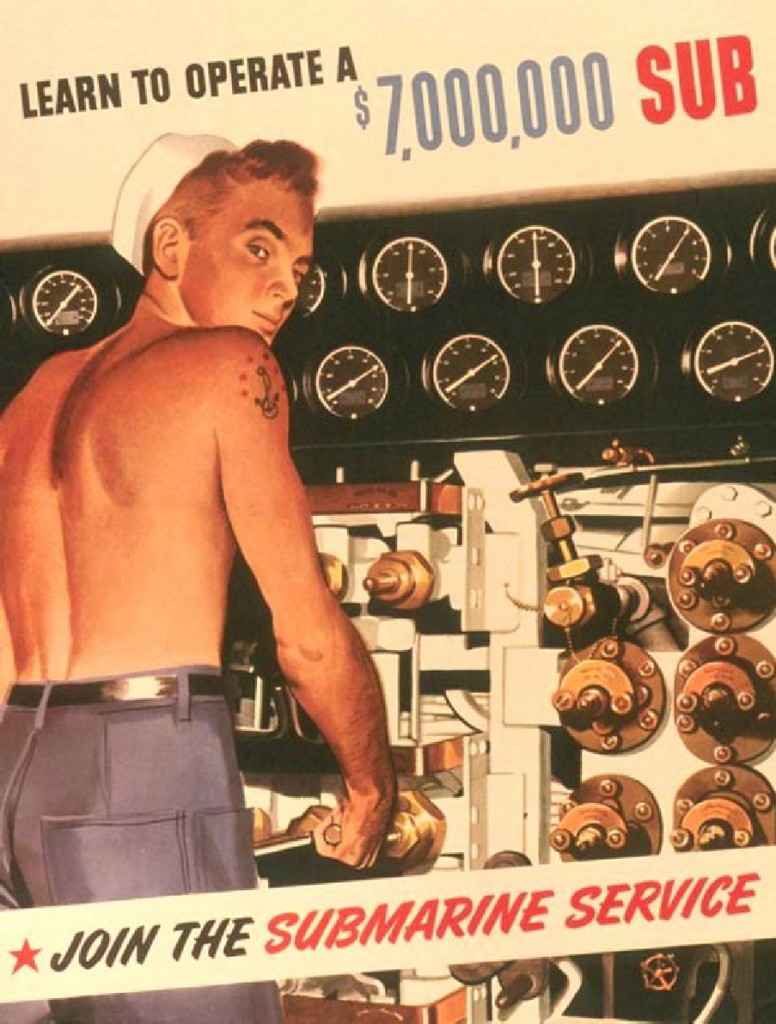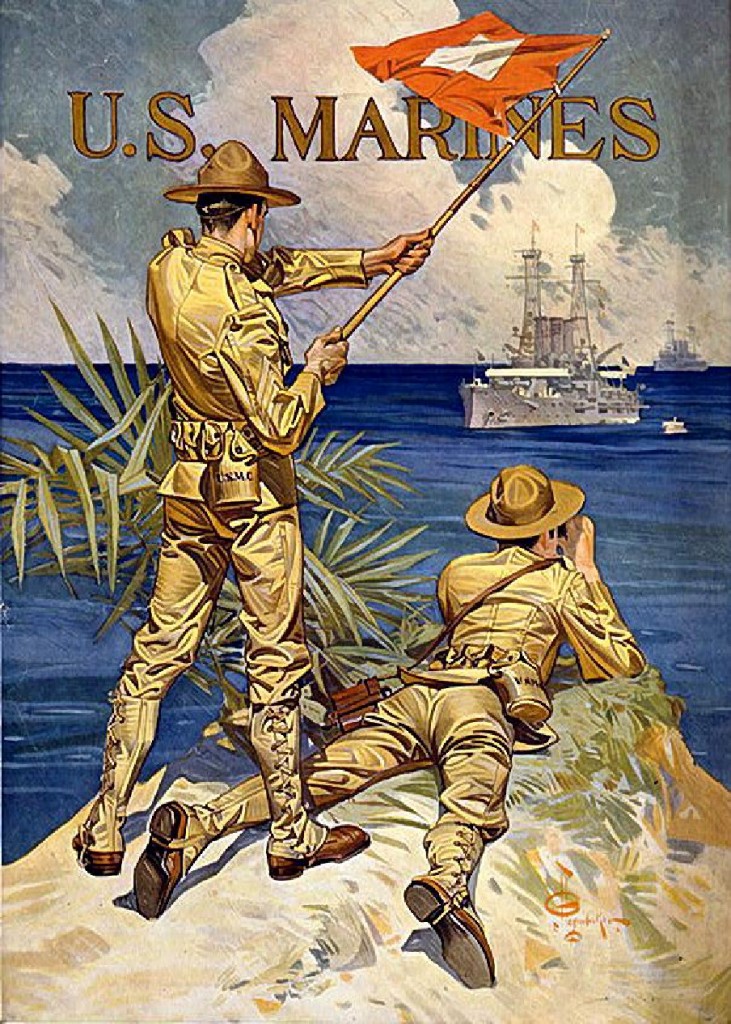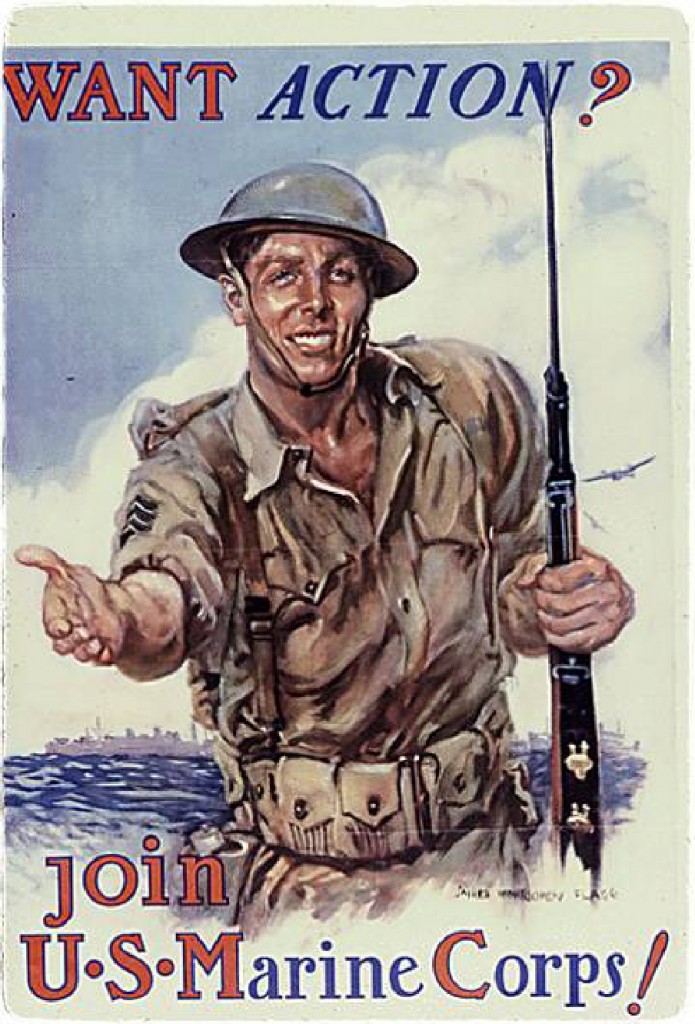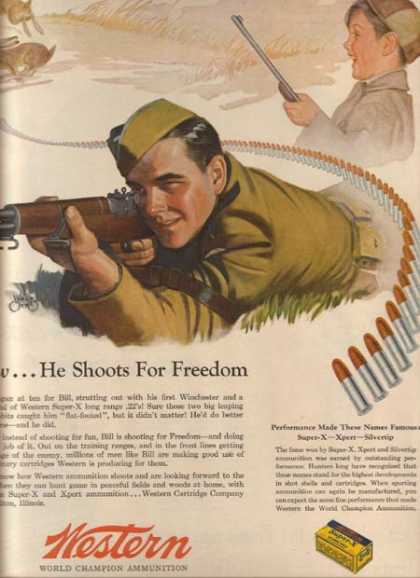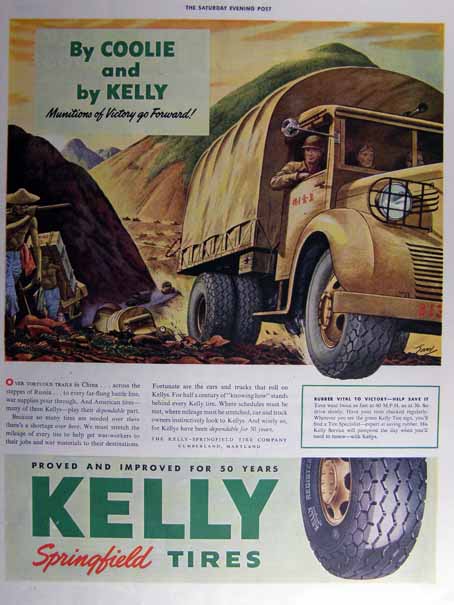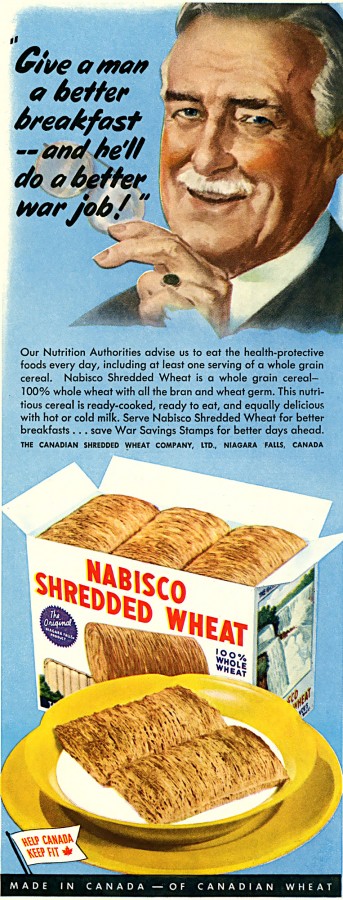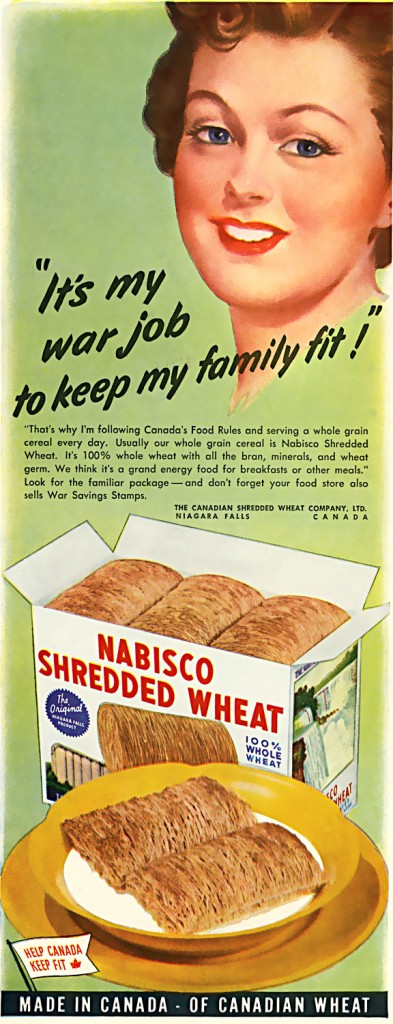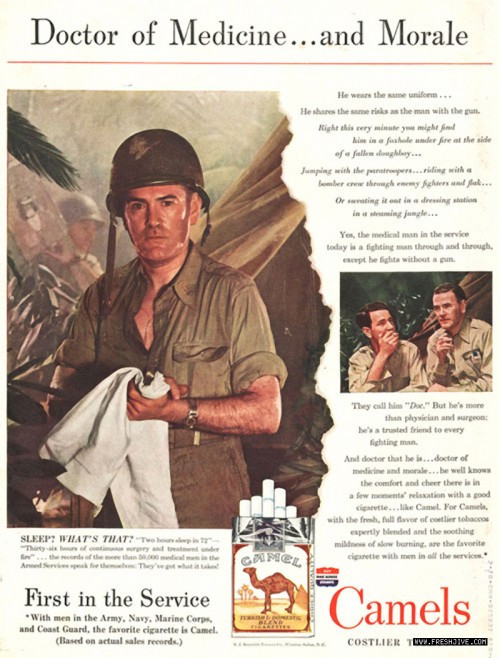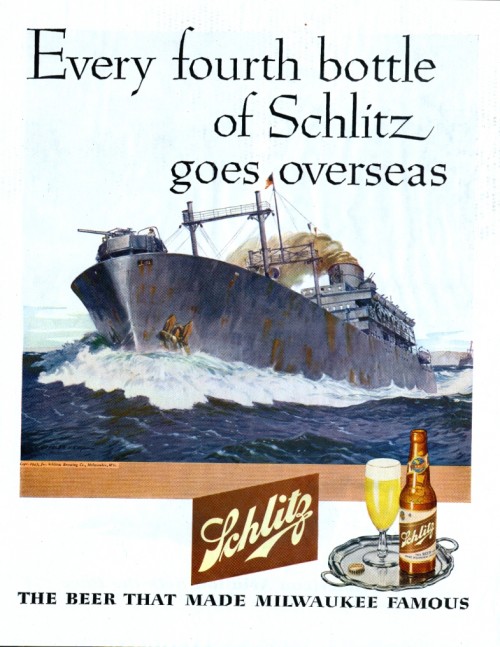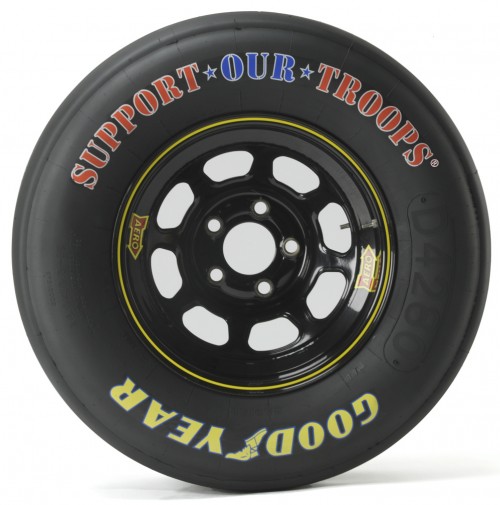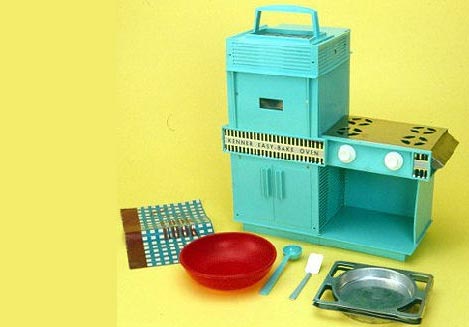Graphic Sociology linked to a study by the Office of the State Comptroller aiming at understanding the importance of the securities industry to New York City’s economy. It reveals something we already know quite well — that compensation to financial services sector workers is extraordinarily high (~350,000/year) — but also that the relative compensation of financial services sector workers, compared to the average worker in New York City, has increasingly advantaged the former.
This figure, included in the report, shows just how disproportionately compensation in the finance sector has been growing compared to compensation for everyone else. While workers in other private sectors have seen their incomes about triple since 1981, workers in securities are making, on average, eight to ten times what they were making 30 years ago. This means that, while people in finance made about twice what the average worker made in 1981, they now make about six times the income of the average private sector worker.
Lisa Wade, PhD is an Associate Professor at Tulane University. She is the author of American Hookup, a book about college sexual culture; a textbook about gender; and a forthcoming introductory text: Terrible Magnificent Sociology. You can follow her on Twitter and Instagram.









